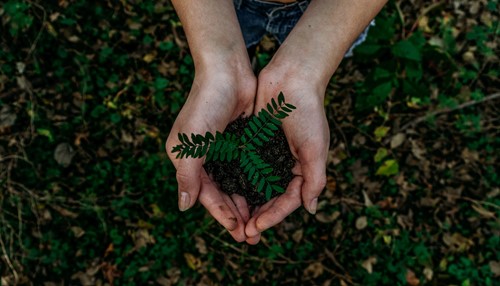News from Tinby
RePURpose - Tinby part of major technological project for recycling PUR
04. October 2019
A new Danish partnership between Tinby, other PUR production companies and researchers are developing a new method of recycling plastic that would otherwise end up incinerated or as landfill. The technology can help reduce oil consumption and CO2 emissions - and be a really good business for Danish companies.
Danish collaboration between researchers and companies are in the process of developing new methods to recycle the plastic material polyurethane – commonly referred to as PUR-plastic – which can be found in everything from refrigerators, shoes and mattresses to insulation and wind turbines.
The problem is that the plastic today is largely non-recyclable and many tonnes end up either at incineration plants or at landfills every year.
Therefore, Tinby and five of the leading Danish companies in the PUR-industry are striving to be the best in the world to recycle this particular type of plastic. They have now joined forces with Danish researchers from the Technological Institute, who are developing new, cutting-edge technologies to recycle PUR-plastics.
95 percent is not recycled today
Globally, as much as 95 per cent of all PUR ends up being used for energy recovery at incineration plants or ends up as worthless waste at landfills. Simply because existing technologies for recycling PUR are not good enough.
The new Danish project, which aims to develop recycling technologies for PUR plastics, will not only be able to save large amounts of oil when the plastic is manufactured but also result in a significant reduction in the world’s CO2 emissions when the plastic material is no longer burned for energy recovery at incineration plants.
Two methods of recycling
Specifically, the researchers in the project will take on two different approaches.
The first approach focuses on material lost during the production of PUR products while the second aims to deconstruct PUR waste – including what has been left out of the consumer – into its original building block called monomers.
Both methods recreate polyurethane which can thus be used in completely new products – for the benefit of the climate and Danish business.








